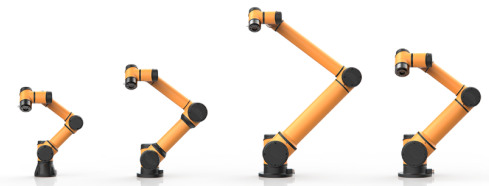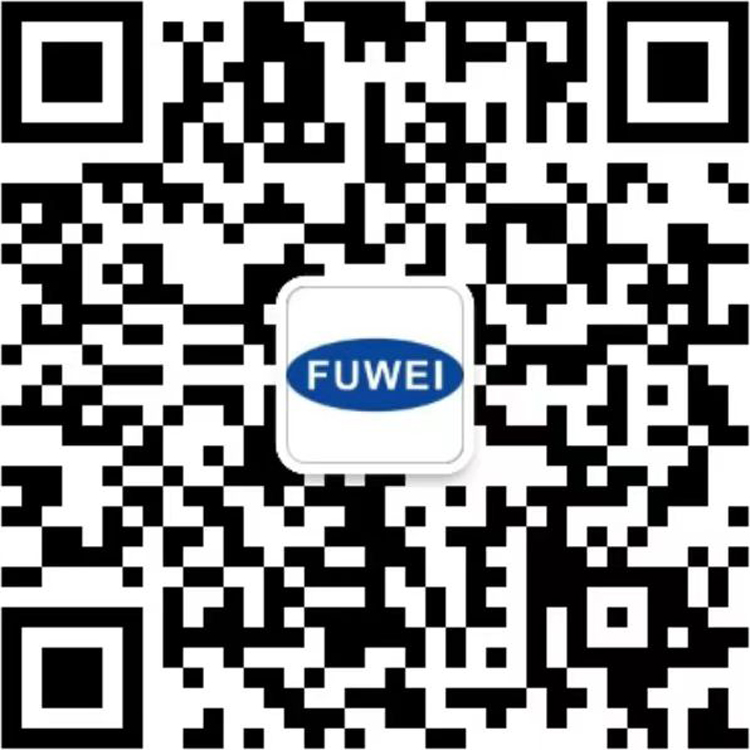QR Code

About Us
Products
Contact Us

Phone

E-mail

Address
No. 22, Hongyuan Road, Guangzhou, Guangdong Province, China
1、 Project Overview
This plan aims to customize a robot education practice platform system to meet the teaching needs of a university laboratory in machine vision and force control. The system will be developed around the AUBO-i5 collaborative robot, Hikvision industrial camera, 3D camera, and six axis force sensor to achieve functions such as robot control, visual inspection, and force control assembly, and provide open-source upper computer software for later functional expansion.

2、 System hardware composition
Robot: Adopting AUBO-i5 collaborative robot, it has the characteristics of high precision and high safety, and is suitable for teaching scenarios.
Camera: including Hikvision industrial camera and 3D camera, used to obtain image information of workpieces, supporting traditional image processing and deep learning image detection.
Six dimensional force sensor: Kunwei (KWR75) or other brands are selected for real-time monitoring of force interaction information between the robot end effector and the workpiece.
3、 Upper computer software design
Basic functions:
Robot control: Implement functions such as connection, disconnection, joint or posture control of robots.
Camera control: Implement functions such as camera connection, disconnection, and image acquisition.
Status display: Real time display of the robot's joint and pose status, status parameters of the six axis force sensor, and images captured by the camera.
Exclusive features:
Shaft hole assembly: Through the operation of the upper computer, combined with visual inspection and force control technology, the automatic assembly function of the shaft hole is achieved.
Interface design: The upper computer interface should be concise, clear, and easy to operate. The interface should include basic function buttons and a status display area, as well as providing access to the shaft hole assembly function.
4、 Function implementation
Machine Vision:
Traditional image detection: using template matching, circle fitting, edge fitting and other methods to locate and recognize workpieces, supporting the recognition of barcodes, QR codes, character numbers, as well as the calculation of grayscale area and plate quantity.
Deep learning image detection: automatic recognition and localization of workpieces through deep learning algorithms. Although deep learning still requires manual annotation of images, we will strive to improve training efficiency and recognition accuracy, gradually reducing annotation workload.
Power control assembly:
Combining data from six dimensional force sensors, achieve force interaction control between the robot end effector and the workpiece, and complete precise assembly of the shaft hole.
5、 Project risks and response measures
Risk of cooperation with six axis force sensors: Due to the lack of cooperation with six axis force sensors, there may be certain technical difficulties and uncertainties. We will arrange a professional technical team to tackle the problem and ensure the smooth integration and stable operation of the sensors.

Risk of deep learning image detection: Deep learning image detection requires a certain level of recognition accuracy and efficiency, while meeting the requirement of one click training. We will continue to optimize deep learning algorithms to improve recognition accuracy and efficiency, while exploring ways to implement one click training.
6、 Post expansion and scene switching
The upper computer software adopts open source design, which facilitates functional expansion and scene switching as needed in later teaching. For example, the assembly scene of shaft holes can be switched to tasks such as meshing of fine gears or recognition and grasping of other workpieces. By modifying and debugging open-source programs, it is easy to achieve robot operation and visual detection functions in different scenarios.

This plan integrates hardware resources such as robots, cameras, and six axis force sensors, combined with open-source upper computer software design, to provide a feature rich and easily expandable teaching environment for the robot education practice platform. Through the use of practical platforms, students can gain a deeper understanding of the principles and applications of machine vision and force control technology, and improve their practical and innovative abilities.




No. 22, Hongyuan Road, Guangzhou, Guangdong Province, China
Copyright © 2024 Guangzhou Fuwei Electronic Technology Co., Ltd. All Rights Reserved.
Links | Sitemap | RSS | XML | Privacy Policy |

